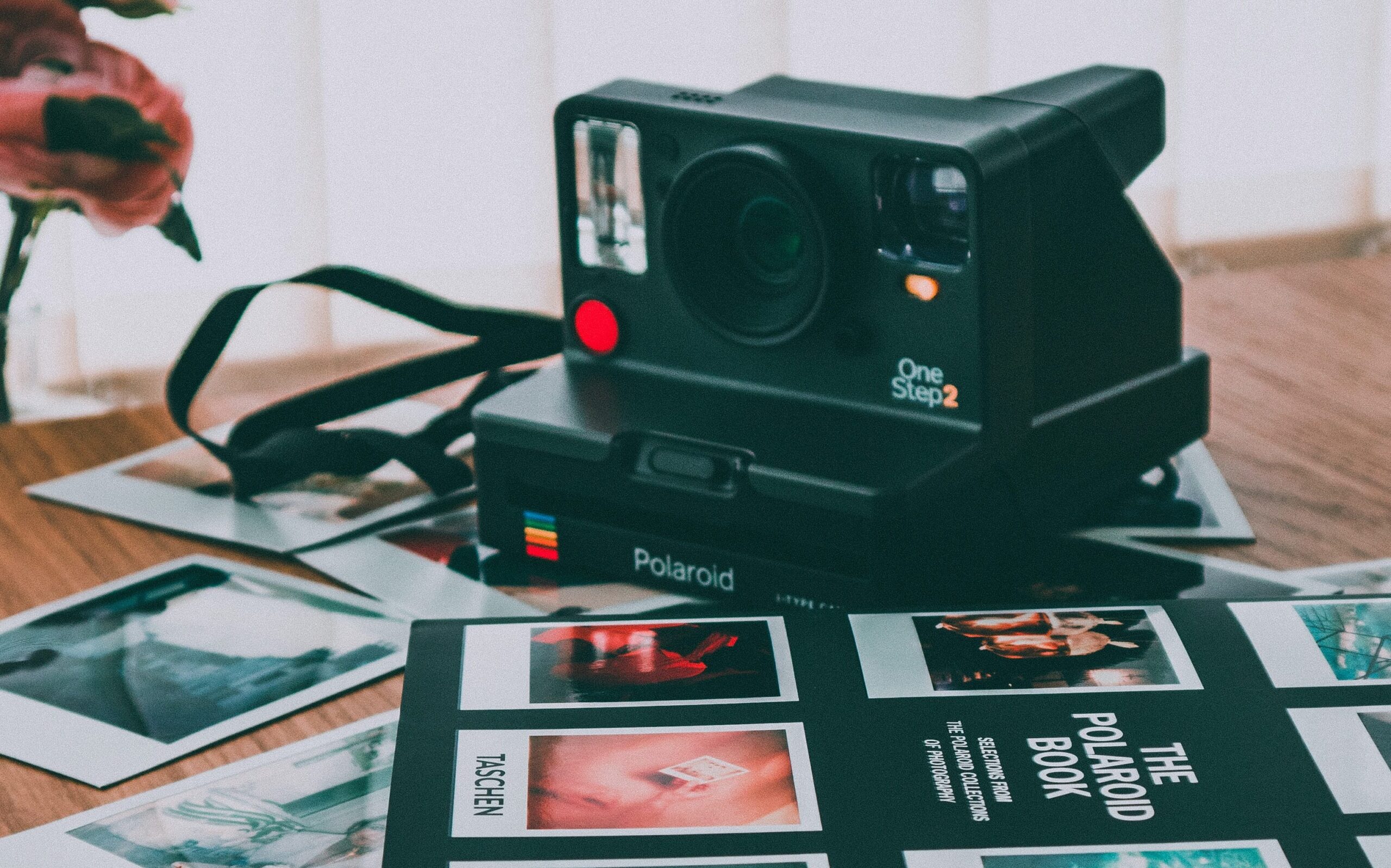The camera industry has been at the mercy of rapidly evolving technology which has radically altered the way we have captured our favourite moments. From the early days of film based photography to the digital revolution many brands have come and sadly gone. This article will discuss two major camera brands that suffered significant falls from grace, almost like faded icons in the face of a developing industry that they simply couldn’t keep up with. It ends however with a glimmer of hope for one organisation.
Kodak

Kodak was, and to a great extent still is, synonymous with the culture of photography. The brand is a household name, officially called Eastman Kodak and formed 129 years ago. The company are legendary for playing a revolutionary role in image capture through the creation of the Kodachrome model and the popularisation of ‘kodak moments’, referring to the phenomenon of capturing snapshots in time through an image. Kodak placed great emphasis on film photography, with the company holding a 90% market share in film around the mid 70s.
It was this emphasis on film however that cost Kodak. Upon the digital revolution, the brand did push digital cameras but competition and a case of ‘placing all the eggs in the basket of film’ caught up with Kodak. A brand synonymous with film could do little to halt the march of other digital centric brands who quickly moved ahead of Kodak, who eventually filed bankruptcy in 2012.
The company remains to this day, largely focused on delivering printing services for other businesses. In 2020, the then US president Donald Trump brought the company back into the spotlight by affording them a significant loan in order to produce ingredients needed within pharmaceuticals. An unusual latest act for what was a dominant world renowned brand.
Polaroid

The decline of Polaroid was remarkably similar to that of Kodak. The brand was a dominant figure within the ‘instant photography’ market. The company was founded 84 years ago, and was highly popular due to innovations in instant image printing that allowed consumers to conveniently obtain a physical print within seconds of capturing an image. This patented technology allowed the company to control the market for a significant period
However, yet again the digital revolution cost this company. With a noted history as an innovative organisation, the company failed to truly invest in research that they had led from the 1960s into digital photography. They maintained belief that people would still demand instant physical prints, and failed to take risks on initial forays into digital camera products in the 1990s.
The Polaroid company was ultimately defeated by more innovative competition, falling into bankruptcy in 2001.
A rebirth of the brand involving the appointment of Lady Gaga as ‘Creative Director’ was a significant failure. In recent years, the brand has been purchased by a dutch organisation who intend to return the brand to its roots as an instant photography giant amidst growing popularity in 80s nostalgia.
Leica

The Leica organisation was founded in 1869. Originally called ‘Leitz’, the company became known as ‘Leica’ due to the growing fame of the trademarked name. The company blossomed during world war two, achieving significant fame amongst enthusiasts and professionals alike. Many of the most iconic images throughout history have been captured on a Leica camera, for instance, the famous portrait image of Che Guevara.
Leica has developed significantly and managed to navigate a way through the digital revolution by focusing primarily on the professional market. Current models of camera are sold at an entry level price of £1,075 and a peak price of £16,500. The brand is very much a luxury brand in the industry, with great focus being placed on the technical process of manufacture.
The Leica brand is also much sought after amongst the antique collectable and used camera marketplace. Many historically significant or rare models are sold continuously for high sums. The brand is currently in the midst of making a move into the mobile phone market, with a tailored camera focused model of smartphone being released to the Japanese market.
If you want to read more about some classic camera culture, why not check out the book below!



I’ve been browsing online more than 3 hours nowadays, but I by no
means discovered any fascinating article like yours.
It’s pretty value sufficient for me. Personally, if all website owners and bloggers made excellent content material as you did, the net might be much more helpful than ever before.
Look into my site :: DEX Link here
Just desire to say your article is as amazing. The clearness for
your submit is just spectacular and that i could think you’re a professional on this
subject. Fine together with your permission allow me
to grab your feed to stay up to date with forthcoming post.
Thank you a million and please carry on the rewarding
work.